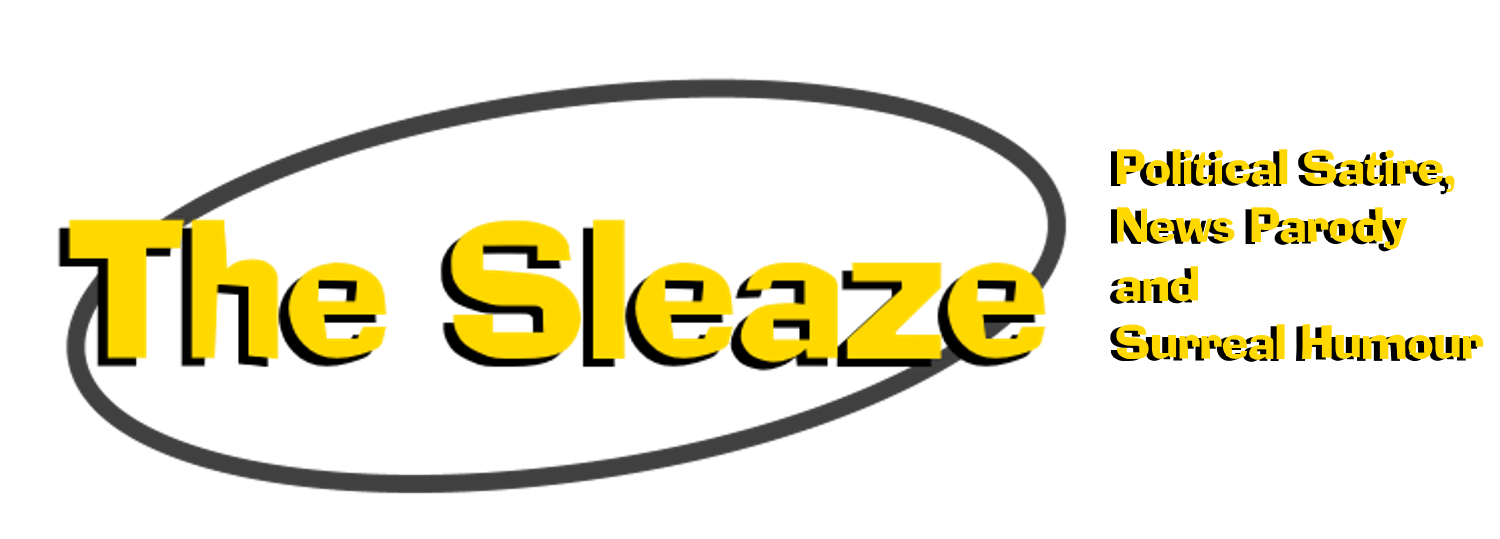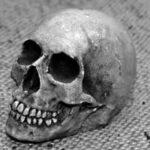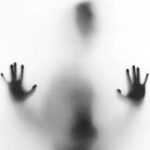A mob of angry showbiz reporters have gathered outside a Swiss research laboratory, where scientists are planning to replicate the conditions which resulted in the so-called ‘Big Bang’, when Pamela Anderson and Tommy Lee first had sex on camera . However, Dr Hans Zippfisch, the project’s director, has dismissed the reporters’ fears that the attempt to recreate the origins of the modern cult of celebrity could have catastrophic consequences for the celebrity firmament. “All this talk of celebrities careers being eaten by space-time vortexes inadvertently created by the experiment are nothing but wild speculation,” he reassured a press conference. “Our preliminary calculations and simulations have satisfied us that there is no risk at all attached to this procedure.” The physicist went on to explain the significance of this research to our understanding of the origins of the universe. “By recreating this defining moment in 1998, we will finally be able to understand how this strange reality where the activities of non-entities dominate our media came into being,” he enthuses. “The truth is that we currently know so little about celebrity culture – just what makes up most of its substance, for instance? Indeed, does it have any substance? The only component we’ve so far detected – talent – makes up less than two percent of all celebrity. Just what mysterious obscure matter makes up the rest? Just how does the ‘spooky action at a distance’ which seems to bind fame and media together actually operate? These are the kind of questions we hope to answer.” The project intends to use a high-powered proton beam generated by an advanced particle accelerator to replicate, at the molecular level, the environment in which the original Anderson-Lee video was shot. “Although microscopic, it will be perfect in every detail – the sweaty ambiance, the over-chlorinated swimming pool, the alcoholic haze,” says Zippfisch. “Into this we will fire quantum models of Anderson and Lee – created by the manipulation of sub-atomic particles with an electromagnetic field – and observe the results of their collision.” If current theories on the origins of celebrity culture are correct, then Zippfisch and his team expect to see the release of a quantum wave of celebrity energy. “It is widely believed that it was this wave – amplified by the video’s exposure on the internet – which triggered the creation of the modern celebrity cult, by altering the molecular structure of people’s brains, making them more susceptible to showbiz gossip,” he explains. “But there is another school, which postulates the existence of the so-called ‘celebrity particle’, a massive particle created by this ‘big bang’. It is the passage of this particle through the human brain which would cause the susceptibility to celebrity culture – in effect, this theory, is saying that our addiction to fame is actually a form of brain damage!”
The protesting showbiz journalists, however, are unimpressed by the physicist’s claims that the microscopic level of the big bang simulation means that any singularities created will be tiny and completely harmless. “That’s what Erich Schwannstuffer of that rival project in Nevada said last year,” declares Jimmy Fiveclutch, Science Correspondent at Heat magazine. “But when they switched on their collider to recreate the first momentous liaison between Courtney Love and Kurt Cobain, a black hole appeared between her legs and proceeded to suck the talent and charisma from any celebrity within five hundred miles.” Indeed, several Las Vegas performers suddenly found themselves bereft of talent. “Celine Dion went from diva to tuneless wedding singer in a flash, whilst David Copperfield found himself an insincere and smarmy amateur conjurer with routines that wouldn’t fool a five year old,” Fiveclutch insists. “The effects of the experiment were felt as far west as Los Angeles, with the likes of Lindsay Lohan and Paris Hilton revealed as charmless, dysfunctional, arrogant drunks, rather than the perfect demigods we previously thought they were.” Even if a dangerous black hole isn’t created by the Geneva experiment, Fiveclutch fears that it will produce large quantities of the strange matter known to science as ‘anti-celebrity’, the complete opposite to ‘celebrity’. “When the two meet, they completely destroy each other. If enough is produced by this insane endeavour, celebrities won’t just have their fame denuded, they’ll be completely annihilated,” he explains. “Can you imagine the horror of a world without celebrity? No more glossy centre-spreads of semi-naked barely legal female starlets. No more in-depth interviews with vacuous rap stars. No more bad celebrity charity singles. No more tiresome sex scandals, or elaborately-staged public ‘romances’. What the hell are we going to do for a living?” The reporter believes that some celebrities have already fallen victim to naturally occurring ‘anti-celebrity’. “It’s rare, but it does happen – what else do you think happens to all those celebs who just fall off of the fame radar?” he asks. “Believe me, they can’t all be in rehab or flipping burgers!”
Zippfisch does not deny the possibility of ‘anti-celebrity’ being created by the experiment, but is dismissive of Fiveclutch’s fears. “The creation of such matter is vital to our research. We believe that at the moment the modern celebrity universe came into being, that there were equal amounts of ‘celebrity’ and ‘anti-celebrity’ matter created,” he explains. “The question is; why is there now only ‘celebrity’? What happened to the ‘anti-celebrity’? Why didn’t it cancel out celebrity altogether? With this experiment we hope to be able to observe what happens to it.” The physicist suspects that the simultaneous creation of a parallel anti-celebrity universe, the complete reverse of our own, where celebrity depends upon being dull and mundane, could explain the absence of the matter. Whilst Zippfisch is confident that his experiment will not result in the destruction of the celebrity world as we know it, he is worried that another celebrity science project might have dire consequences. “Those protestors should be picketing the Celebrity Collider project in Berne, if you ask me,” he opines. Hans Prostratten, head of the Celebrity Collider project, is planning to fire minor celebrities at each other using a hadron collider, in the hope that their collision will fracture them into their constituent parts, thereby revealing the origins of celebrity. However, Zippfisch is fearful that by colliding celebrities, Prostratten could upset the equilibrium of the celebrity universe. “Far from fracturing them, the force of the collision could fuse them together, creating new composite celebrities of greater magnitude,” he explains. “The celebrity firmament will become flooded with these new mega-celebrities, devaluing the fame of existing celebrities, and pushing the whole of celebrity culture toward a disastrous meltdown!” Despite these warnings, Fiveclutch and his fellow reporters are welcoming Prostratten’s experiment. “If Zippfisch is right, and it results in the creation of new celebrities, it can only be good,” Fiveclutch declares. “Trust me, we can never have enough celebrities – the public appetite for their mindless antics is insatiable!”








